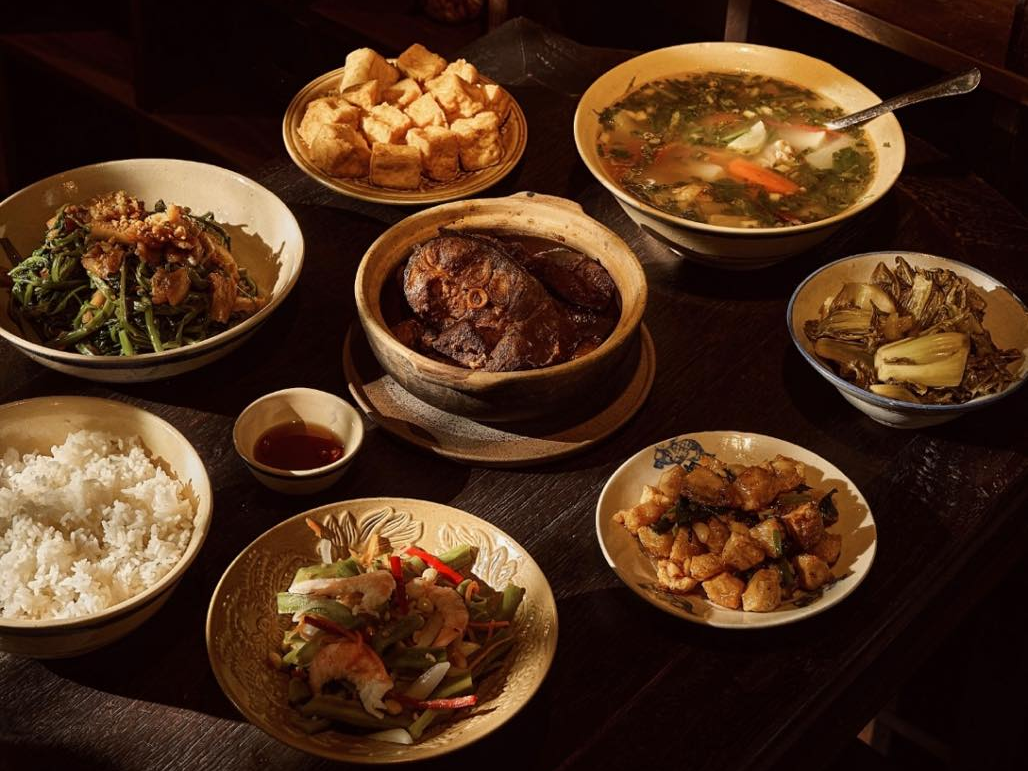
A small map of Vietnamese cuisine
- on May 27, 2025 By: Phuong Mai NGUYEN
Diverse, rich in flavors and aromas, Vietnamese cuisine has always been one of the many elements that attract visitors to this Asian country. It is also the subject of ever-ending analysis due to its artistic nature. However, today, in this article, we won't be taking an in-depth look at the nature of Vietnamese cuisine, such as the balance of yin and yang and the five elements. This article serves only as a culinary map, showing you the characteristic flavors of Vietnam's three regions according to climate and geography and introducing you to the specialties of each.
A quick overview of Vietnam’s climate and geography
The three regions of Vietnam are comprised of North, Central, and South, each with its own distinctive climate. The factors of climate and geography have a significant impact on the culture of each region. Cuisine, as one of the many aspects of culture, is also affected by these factors, resulting in unique flavors of the North, Central, and South.
The North of Vietnam enjoys four seasons: spring, summer, fall, and winter, contributing to the cuisine’s richness in flavors. What characterizes northern cuisine is that it's not as spicy, high in fat, or as sweet as in other regions. The cuisine of this region uses mainly vegetables or available seafood such as shrimp, crab, fish, clams, mussels... for flavors.
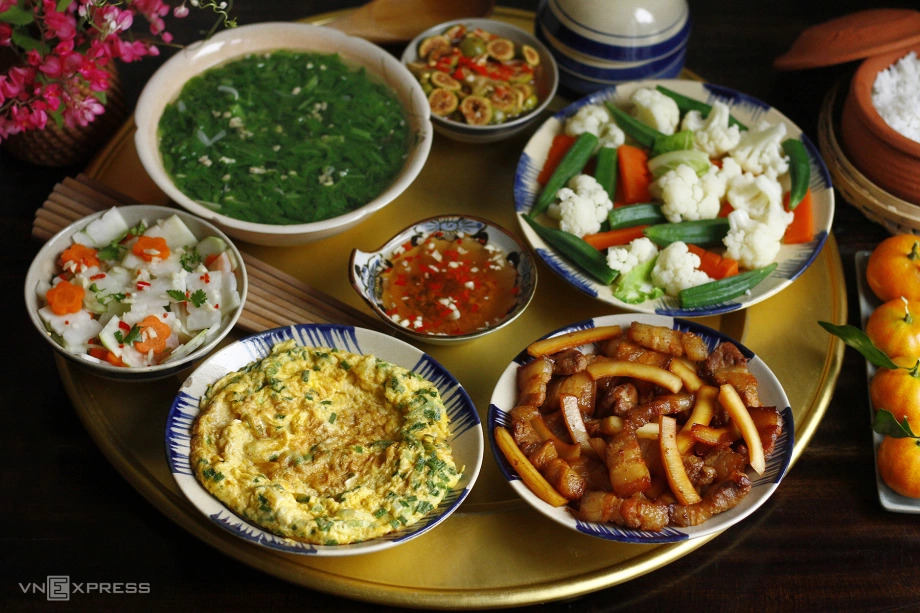
Fun fact: In the Vietnamese dietary structure, rice is undoubtedly at the head of the table. Next come vegetables, followed by seafood. Lastly, meat. This vegetable bias can be explained by the country's tradition of wet rice farming.
Influenced by the sunny and windy weather, Central cooking is spicier and saltier than that of the North and South. The colors of Center’s dishes are richly mixed and vibrant, favoring red and dark brown. This region is also the birthplace of renowned royal cuisine, celebrated for its diverse array of dishes and the sophisticated methods of preparation. While this land is not rich in produce due to the severe climate, royal meals require a large number of different dishes. This challenge led to another characteristic of Central cuisine: each ingredient is prepared in various ways to create a multitude of dishes.
Southern cuisine tends to have a sweet-and-sour taste due to the influence of Chinese, Cambodian and Thai cuisine, and is characterized by the frequent addition of sugar and the use of coconut milk. The cuisine of this region favors seafood ingredients (fish, shrimp, crab, sea snails) over that of the North, and is also distinguished by its rustic dishes.
To better understand the cuisine of each region
Let's discover the cuisine of each region of Vietnam and the local specialties not to be missed.
Northern Vietnam’s cuisine
Let’s start from the Northwest! Home to various ethnic minorities such as the H'mong, Tay, and Thai, the Northwest boasts not only diverse cultures but also an extremely unique cuisine.
When talking about Northwestern Vietnam cuisine, it would be a shame not to mention Mac Khen pepper, the region's signature spice. The people of the Northwest consider Mac Khen pepper to be one of the best gifts that nature has given to them, and use it in most of their dishes. If you've had the opportunity to enjoy dishes that use Mac Khen as a seasoning, you certainly won't forget its acteristic flavor.
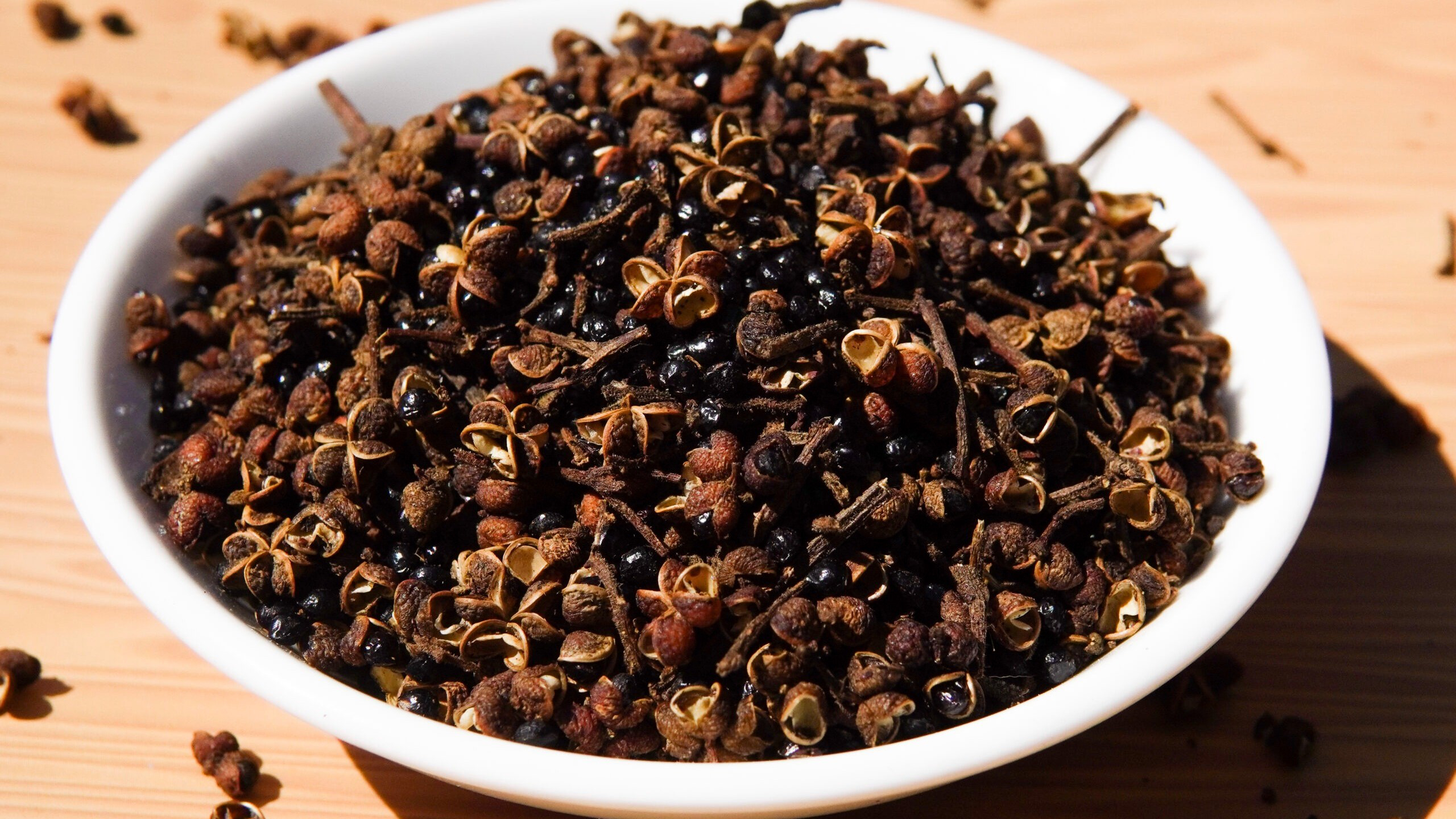
In addition, the Northwest is well known for wild bamboo shoots and local specialty rice types such as Bac Huong rice, Tam rice (from Dien Bien), Seng Cu rice (from Lao Cai), ...
Some dishes not to be missed when visiting the Northwest: Thang Co (horse offal soup), dwarf pig, Pa Pinh Top (grilled brook fish), smoked buffalo meat, etc.
Similar to the Northwest, the Northeast also boasts an attractive cuisine. Some dishes worth mentioning are Xoi Cam (magenta sticky rice), and with slight influence from Chinese cuisine: Lang Son roast duck, and Khau Nhuc (braised pork belly).
Hanoi’s cuisine is impossible not to mention- a place that fully converges culinary and cultural quintessence with its signature dish, Pho. But if you've had enough of Pho, other options include Cha ca (Hanoi fried fish with turmeric and dill), Bun cha, Trang Tien ice cream, and Bun thang (vermicelli with egg, chicken, and pork).
>> Read more: Top Hanoi Must-Try Dishes and Best Places to Eat in Hanoi Old Quarter
Central Vietnam's cuisine
When it comes to Central Vietnamese cuisine, Hue is not to be missed. The people of Hue are renowned for their sophistication in meal preparation, choice of ingredients, presentation, and decoration. Each dish presents a work of art, captivating both in appearance and taste.
Dishes for which Hue cuisine is renowned include Bun bo Hue (rice vermicelli with pork legs and beef), Com hen (rice with corbicula), Banh bot loc (translucent shrimp ravioli), Nem lui Hue (Hue’s grilled spring rolls), Chè (sweet soups), etc. Imperial cuisine is also a must.
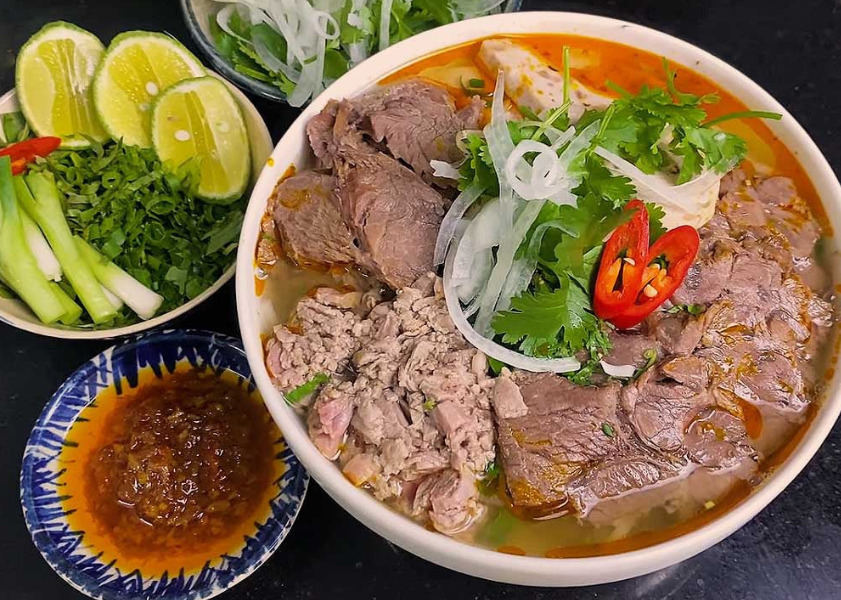
Other typical representatives of Central Vietnamese cuisine include eel dishes from Nghe An, such as vermicelli soup with eel, eel soup, Thanh Hoa fermented pork roll, Quang Nam specialties such as Quang noodles, Cao Lau, Banh Canh (thick Vietnamese noodles), etc.
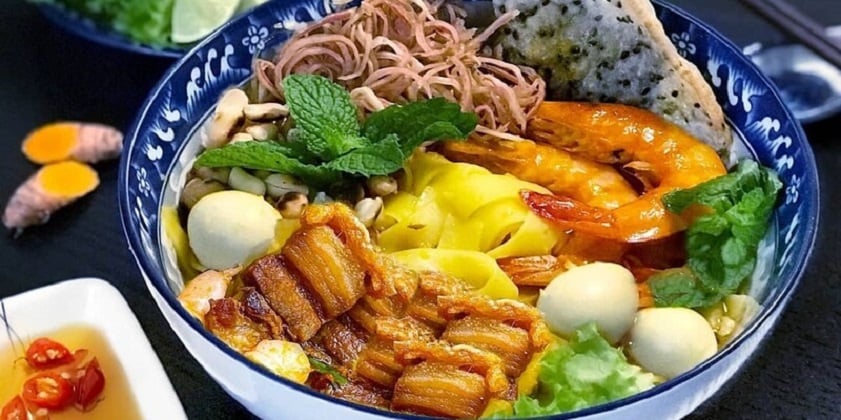
It would be a pity to ignore coffee, a world-renowned specialty. The Central Highlands offer the best coffee in Vietnam and are well known as one of the country's leading coffee-producing regions. In addition to the two famous coffee species, Robusta and Arabica, this region also offers many other species, such as Mocha, Culi, and Cherry.
Southern Vietnam's Cuisine
Thanks to an intricate network of rivers and canals and favorable climatic conditions, Southern cuisine has a rich source of ingredients. Flood season and harvest season are two seasons that bring many of the ingredients that make southern cuisine so attractive. In the flood season, you'll see meals with Siamese mud carp, sesban flowers, water lilies... and when the harvest season arrives, it's the perfect time to enjoy snakehead fish or field crabs.
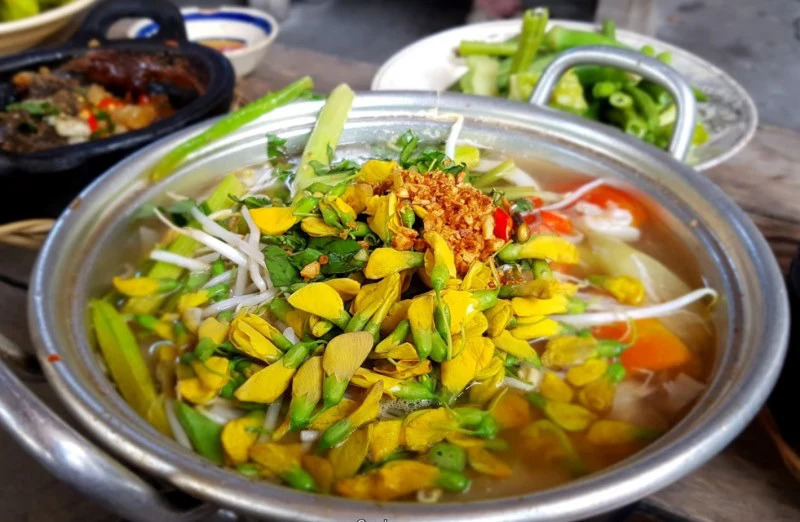
Dishes not to be missed: snakehead fish cooked in straw, salt-roasted stone crab, sautéed snails in coconut, Siamese mud carp fondue with sesban flowers, Nam Vang noodles.
We hope you enjoyed this article and find it useful to you in your discovery of Vietnamese cuisine and for your trip to Vietnam in the future.
Related articles:
 Español
Español Français
Français







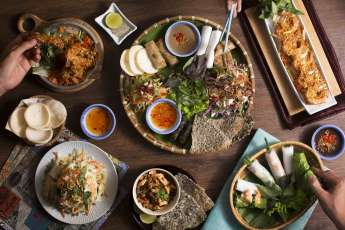

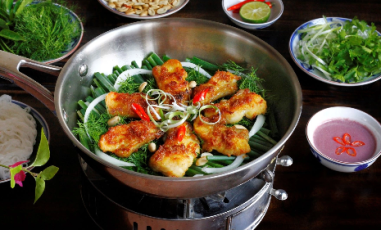
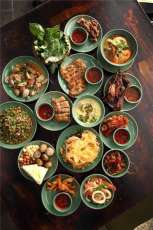
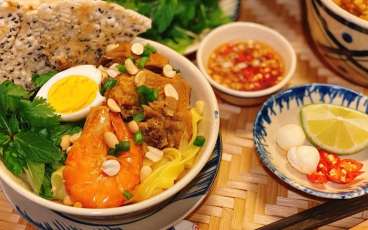
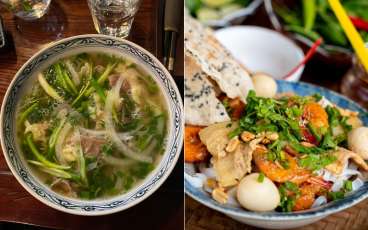







Morgane Ter Cock
on Dec 18, 2025HerbertPhomaMS
on Oct 19, 2025Lilyan Cuttler
on Oct 15, 2025Avenue17XC
on Sep 14, 2025Avenue18JL
on Jul 21, 2025